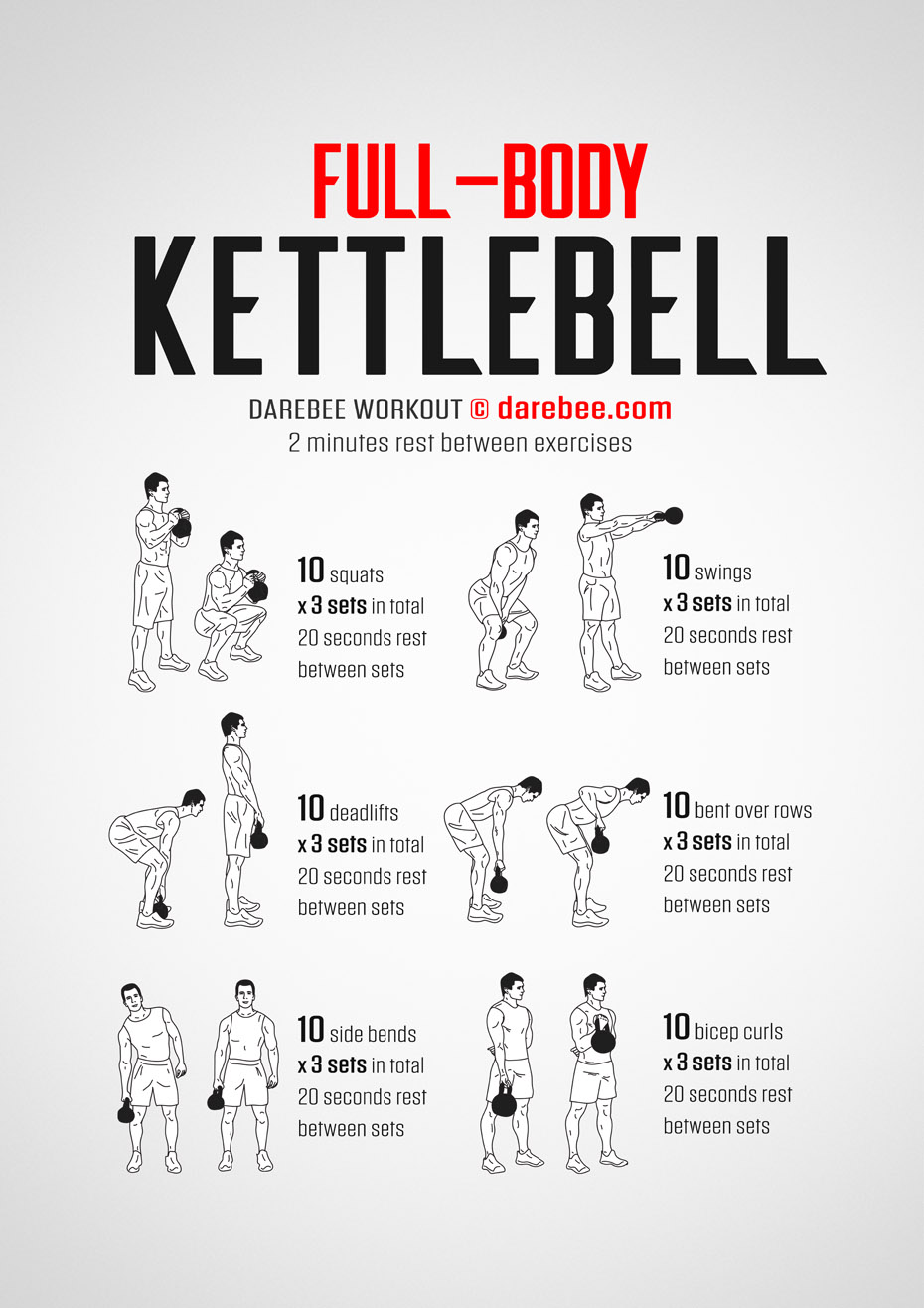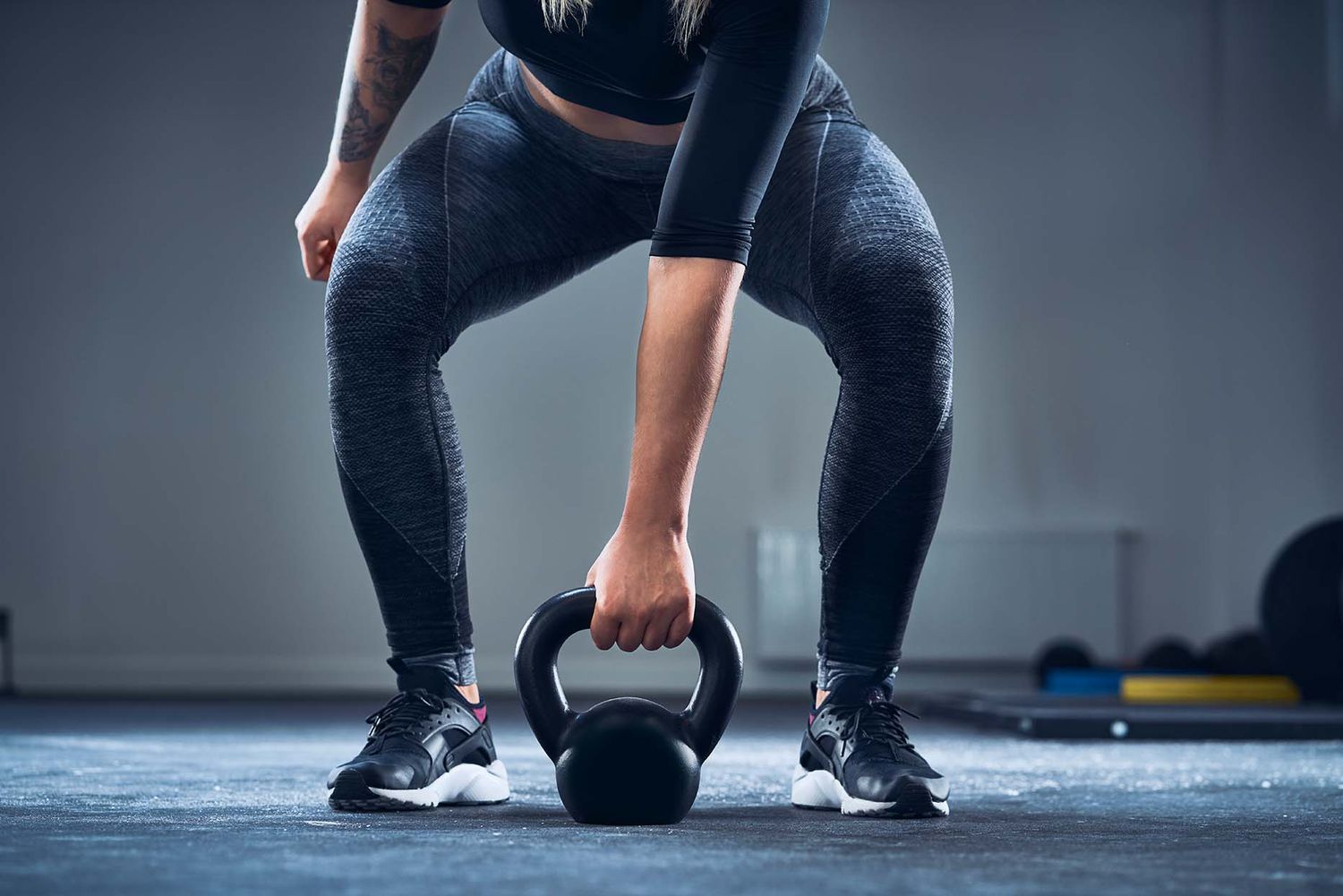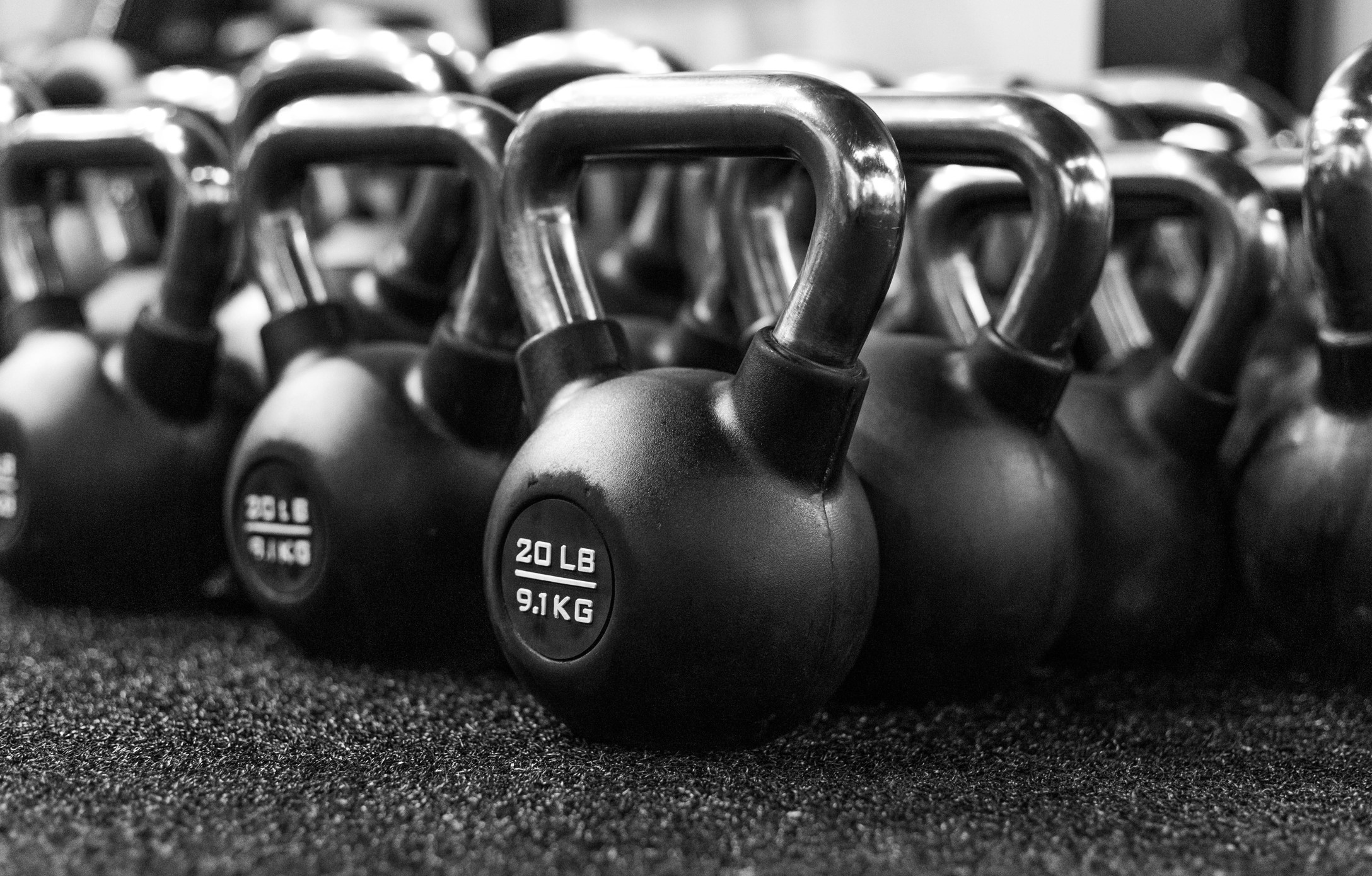Understanding Kettlebell Training for Beginners
Kettlebell training is a popular form of exercise that combines strength, flexibility, and cardiovascular conditioning. Ideal for both full-body workouts and targeted muscle group training, kettlebells offer a versatile and dynamic approach to fitness. When starting, selecting the right kettlebell weight is crucial to ensure safety, effectiveness, and progress in your training journey.
Factors to Consider When Choosing a Kettlebell Weight
Selecting the appropriate kettlebell weight is essential for beginners to ensure safety, proper form, and optimal results. Several factors come into play when determining the ideal kettlebell weight for your needs. These factors include your current fitness level, the specific exercises you plan to perform, and your personal fitness goals.
Fitness Level
Assessing your fitness level is the first step in choosing the right kettlebell weight. If you are new to strength training or have limited experience with weightlifting, starting with a lighter weight is generally recommended. This allows you to focus on mastering proper form and technique before progressing to heavier weights.
Specific Exercises
Different kettlebell exercises require varying weights for optimal performance. For instance, exercises that involve rapid movements, such as swings, typically require lighter weights to maintain control and prevent injury. In contrast, exercises that focus on building strength, like presses and deadlifts, may allow for heavier weights.
Personal Fitness Goals
Your fitness goals will also influence the ideal kettlebell weight for your needs. If your goal is to improve endurance and cardiovascular fitness, lighter weights with higher repetitions may be more suitable. Conversely, if your goal is to build strength and muscle mass, heavier weights with lower repetitions may be more appropriate.
Kettlebell Weight Recommendations for Different Fitness Levels
To help beginners determine the right kettlebell weight for their needs, we’ve compiled a general guideline based on various fitness levels. Keep in mind that individual abilities and progress may vary, so it’s essential to adjust weights accordingly.
Beginners
For those new to kettlebell training or strength training in general, starting with a weight between 8 kg (18 lbs) and 16 kg (35 lbs) is typically recommended. This range allows beginners to focus on proper form and technique while gradually building strength and endurance.
Intermediate Lifters
Intermediate lifters, or those with some experience in strength training, may benefit from using a weight between 16 kg (35 lbs) and 24 kg (53 lbs). At this level, lifters can perform more advanced exercises and challenge their strength and endurance without compromising form.
Advanced Lifters
Advanced lifters, or those with significant strength training experience, may use weights ranging from 24 kg (53 lbs) to 40 kg (88 lbs) or higher. These heavier weights enable advanced lifters to push their limits and achieve more demanding fitness goals.
Popular Kettlebell Exercises and Their Ideal Weight
Choosing the right kettlebell weight for specific exercises is crucial for maintaining proper form and preventing injuries. Here, we outline several common kettlebell exercises and suggest appropriate weight ranges for each movement.
Kettlebell Swings
Kettlebell swings are a dynamic exercise that targets the hips, glutes, hamstrings, and core. For beginners, starting with a weight between 8 kg (18 lbs) and 16 kg (35 lbs) is recommended. As your strength and technique improve, you can gradually increase the weight.
Goblet Squats
Goblet squats are a squat variation that targets the legs and core while improving mobility and stability. For beginners, a kettlebell weight between 8 kg (18 lbs) and 16 kg (35 lbs) is typically suitable. Focus on maintaining proper form and technique before increasing the weight.
Kettlebell Presses
Kettlebell presses, such as overhead presses and floor presses, build upper body strength and shoulder stability. For beginners, starting with a weight between 4 kg (9 lbs) and 8 kg (18 lbs) is recommended. As your strength improves, you can gradually increase the weight.
How to Progress in Kettlebell Training
Progressive overload is a fundamental principle in kettlebell training, as it ensures continuous improvement and growth. By gradually increasing the weight or intensity of your workouts, you can challenge your muscles and promote strength gains. Here, we provide suggestions on how to progress in kettlebell training and track your progress effectively.
Increasing Weight
As a beginner, focus on mastering proper form and technique before increasing the weight. Once you feel comfortable and confident in your abilities, gradually add more weight to your kettlebell exercises. Aim to increase the weight by 2-5 kg (5-10 lbs) at a time, depending on the exercise and your current fitness level.
Increasing Reps and Sets
In addition to increasing the weight, you can also progress by adding more repetitions (reps) and sets to your workouts. For example, if you’re currently performing 3 sets of 10 reps for a given exercise, try increasing to 3 sets of 12 reps or 4 sets of 10 reps. This gradual increase in volume will challenge your muscles and promote strength gains.
Tracking Progress
To ensure that you’re making progress in your kettlebell training, it’s essential to track your workouts. Keep a training log or journal where you record the weight, reps, sets, and exercise variations for each workout. Regularly review your log to identify patterns, monitor your progress, and make adjustments to your training plan as needed.
Selecting the Right Kettlebell: Material, Handle, and Size
When choosing a kettlebell, several factors contribute to the overall user experience. Understanding the role of material, handle shape, and size can help beginners make informed decisions and select a kettlebell that suits their needs.
Material
Kettlebells are typically made from cast iron, steel, or vinyl-coated materials. Cast iron and steel kettlebells are durable and provide a solid grip, making them suitable for beginners. Vinyl-coated kettlebells, while more affordable, may have a less stable grip and are more prone to damage.
Handle
The handle shape and size can significantly impact your comfort and grip during kettlebell exercises. A handle with a diameter between 30 mm (1.18 in) and 35 mm (1.38 in) is generally suitable for most users. Additionally, consider handles with a smooth, polished finish to reduce the risk of blisters and discomfort.
Size
Kettlebells are available in various sizes, typically measured in kilograms or pounds. For beginners, selecting a kettlebell with a size that allows for proper form and technique is crucial. As your strength and skills improve, you can progress to larger kettlebells.
Recommended Kettlebell Options for Beginners
For beginners, we recommend starting with a kettlebell made from cast iron or steel, with a handle diameter between 30 mm (1.18 in) and 35 mm (1.38 in). A kettlebell weighing between 8 kg (18 lbs) and 16 kg (35 lbs) is generally suitable for most beginners, depending on their fitness level and specific exercises.
Top Kettlebell Brands for Beginners
Choosing a reputable kettlebell brand is essential for beginners to ensure quality, durability, and safety. Here, we highlight several top kettlebell brands known for their affordability and commitment to producing high-quality products suitable for beginners.
Rogue Fitness
Rogue Fitness offers a wide range of kettlebells made from first-rate materials, ensuring durability and longevity. Their kettlebells feature a powder-coated matte finish for a secure grip and are available in various weights, making them an excellent option for beginners.
Kettlebell Kings
Kettlebell Kings is another reputable brand known for its high-quality kettlebells. Their products are designed with comfort and functionality in mind, featuring a smooth, curved handle for a comfortable grip and a protective coating to prevent corrosion. Kettlebell Kings offers a variety of weight options, catering to beginners and experienced lifters alike.
Onnit
Onnit offers a unique line of kettlebells, featuring innovative designs and various weight options. Their kettlebells are made from high-quality materials, ensuring durability and longevity. Onnit’s distinctive designs, such as their steel kettlebells with a powder-coated finish, provide a secure grip for beginners.
CAP Barbell
CAP Barbell is a well-known brand in the fitness industry, offering a wide range of affordable and high-quality kettlebells. Their products are constructed from solid cast iron, ensuring durability and stability. CAP Barbell’s kettlebells are available in various weights, making them an excellent choice for beginners on a budget.
Incorporating Kettlebell Training into a Balanced Fitness Routine
Kettlebell training can be a valuable addition to a well-rounded fitness regimen, providing full-body strength and conditioning. By incorporating kettlebell exercises into your routine, you can enhance your overall fitness, improve muscular imbalances, and increase functional strength. Here, we provide examples of workout routines that incorporate kettlebell exercises and suggest ways to balance kettlebell training with other activities.
Full-Body Kettlebell Workout
A full-body kettlebell workout can be an efficient and effective way to improve strength, endurance, and overall fitness. This type of workout typically includes exercises that target multiple muscle groups, such as swings, goblet squats, presses, and rows. Aim to perform 3-4 sets of 8-12 repetitions for each exercise, adjusting the weight according to your abilities and progress.
Combining Kettlebell Training with Other Forms of Exercise
To create a balanced fitness routine, consider combining kettlebell training with other forms of exercise, such as bodyweight training, cardiovascular activities, or yoga. For example, you might perform a kettlebell workout 2-3 times per week, complemented by running, swimming, or cycling on alternate days. This balanced approach ensures that you’re addressing various aspects of fitness, reducing the risk of overtraining or injury.
Adjusting Your Training Plan
To maximize the benefits of kettlebell training and ensure continuous progress, it’s essential to adjust your training plan according to your individual abilities and goals. Regularly reassess your fitness level, track your progress, and make adjustments to the weight, reps, sets, or exercise selection as needed. This approach ensures that your kettlebell training remains challenging, engaging, and effective in the long term.









